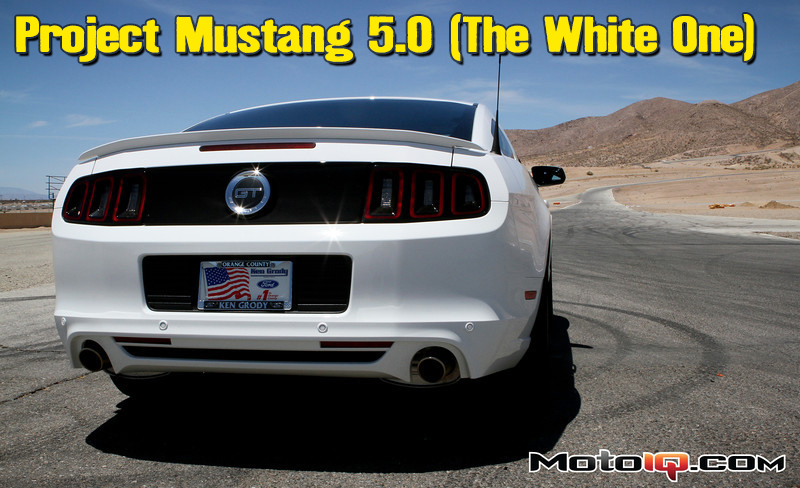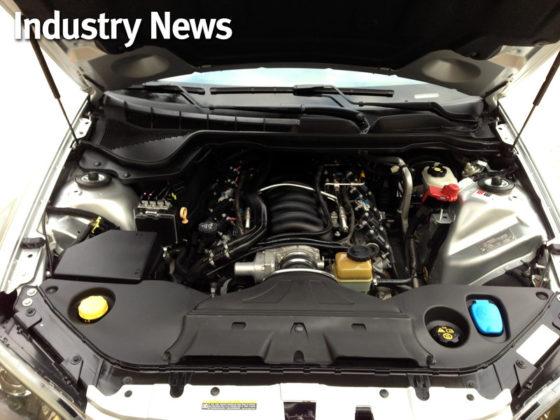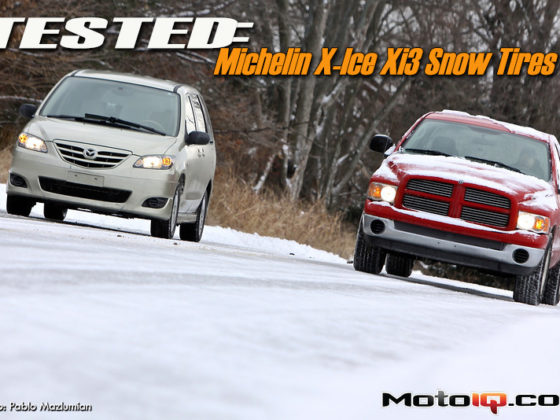
Project 5.0 Mustang II – Improving the Suspension with Whiteline and KW Part One
In the first segment of our Project Mustang we took the car to the Streets of Willow Springs and although we liked the car a lot, it was easy to see that its biggest shortcoming was its suspension. The stock suspension was very soft allowing for a lot of body roll. There was also a bunch of nose dive and squat. Even with the car’s excellent engine, stiff body structure and good brakes, the car would have an annoying tendency to understeer with the excess dive and squat making the car harder to balance under braking and acceleration.
The suspension was hampering what would otherwise be a very fun car to drive on the track. Fortunately there are many tuning options for the Mustang chassis and we chose two of the best for our project. You might realize that we currently have two 5.0 liter Mustang Projects, a Grey automatic that Vince Illi uses mostly for Autocross and this car, the white six speed that is an all around track day machine.
Read more about project Mustang!







